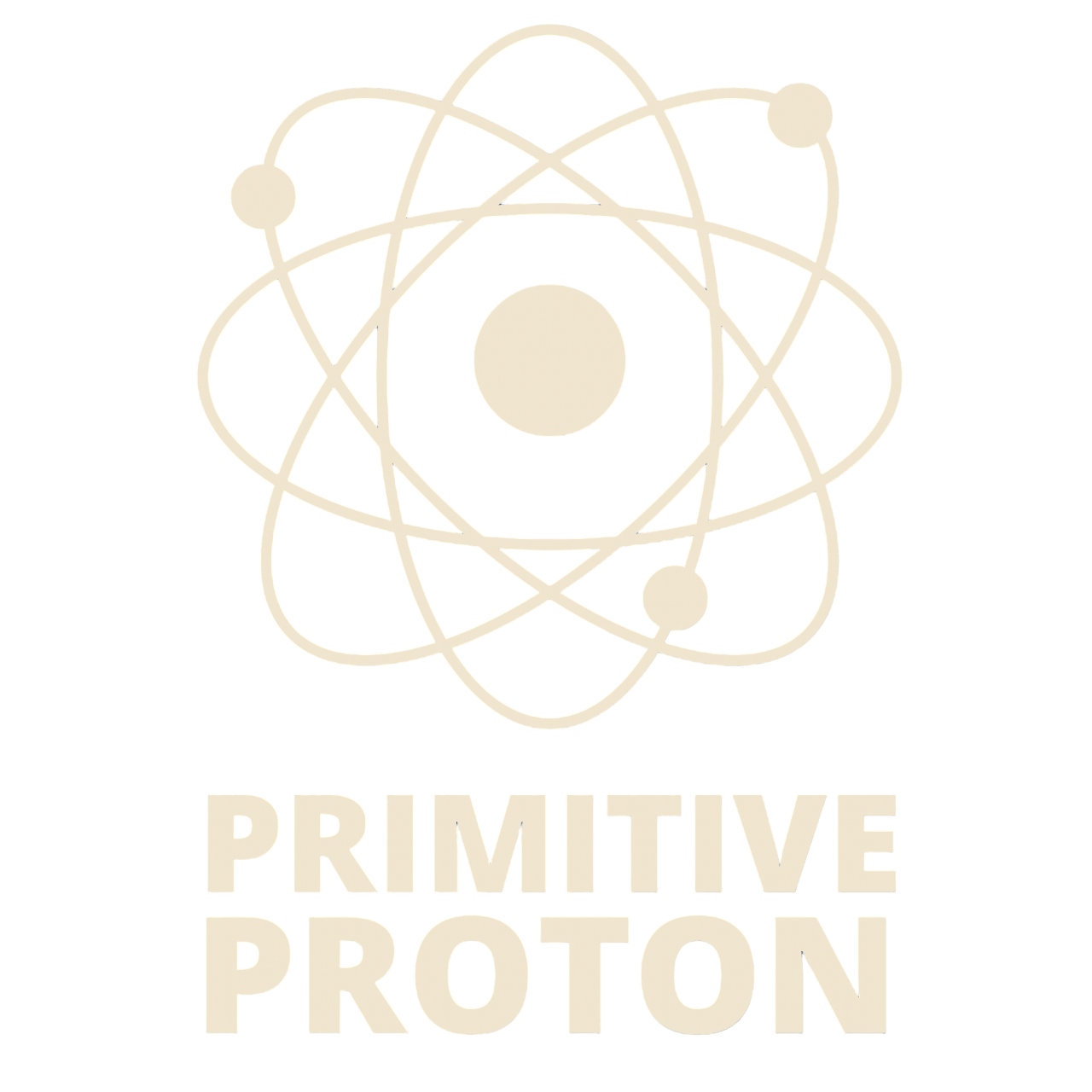In the vastness of space, a mysterious force lurks, shaping the evolution of the Universe in ways never imagined – Dark Energy. Challenging our perception of the natural world, it defies our understanding, causing the Universe to expand at an accelerated pace, thereby stretching the fabric of space and time itself.
What exactly is Dark Energy?
Dark Energy is the name for the thing that we currently do not understand but is causing the Universe to accelerate. The naming convention is not related to the color black or dark, but is just an expression of our ignorance as to what this stuff is, very similar to another entity named Dark Matter.
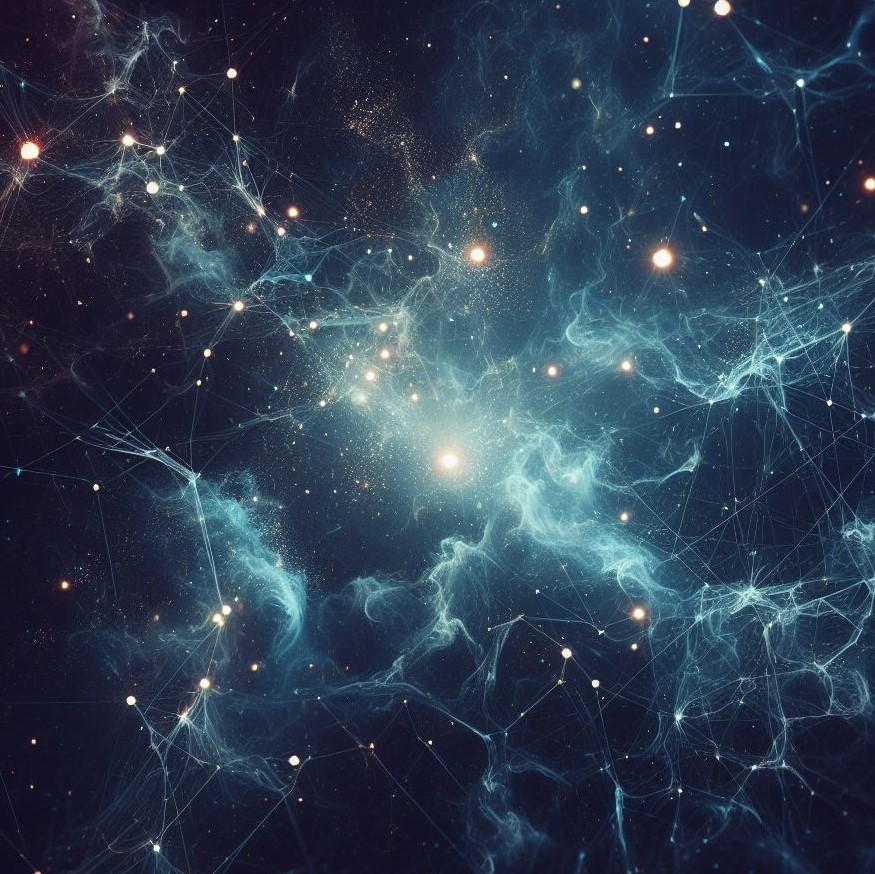
Why do we think Dark Energy exists?
Ever since the Big Bang, our Universe has been expanding that has led to many large-scale structures such as galaxies and groups of galaxies (or clusters) moving further apart from each other. While many scientists, including Einstein, believed in a static universe, an experiment in 1929 by an American astronomer, Edwin Hubble proved that galaxies are, in fact, moving away from us.
Hubble studied the light emitted from multiple galaxies and discovered that the light appeared to shift towards the red end of the electromagnetic spectrum. It was thus obvious that our Universe was incessantly expanding outward. This phenomenon is known as ‘redshift’ – the farther a galaxy is away from us, the redder its light will appear to us.

It made only sense that over the period of time, the energy that was made in the Big Bang fueling that expansion would start to run out, and therefore, the expansion would start to slow down.
Scientists embarked on a mission to measure the slowing down of the Universe by viewing the redshifts of different galaxies millions and billions of light years away. However, not all galaxies are equally bright at the same distance, hence a standard luminosity was needed for the measurement.
Saul Perlmutter (Professor of Astrophysics, Lawrence Berkeley National Laboratory and University of California), Adam Reiss (Professor of Astronomy and Physics, Johns Hopkins University and Space Telescope Science Institute), and Brain Schmidt (Distinguished Professor, Australian National University) came up with an interesting way to measure the redshifts of farther galaxies – by finding recent supernova explosions.

Type 1A Supernovae are special and very apt for this process as they explode with about the same luminosity, reaching the same brightness level. This can be used as an indicator of how far away it lies by just seeing how bright it appears. A real-life analogy would be that of a car receding into some distance. You can tell how far away it is approximately by how faint the taillight looks.
So, by looking at the intensity of the supernova, it can be calculated how long ago the explosion would have occurred as we know the speed of light, which is certainly finite (299,792,458 m/s). By measuring the redshift of the same light, the scientists could then determine how much space had expanded from the time the light left the supernova.
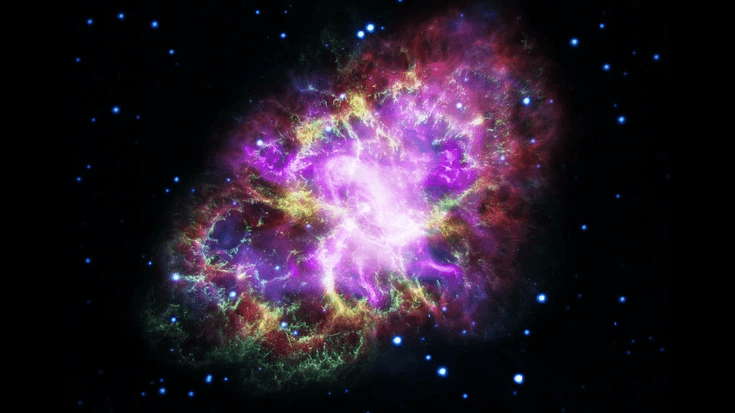
The result was profoundly shocking – not only the Universe was not slowing down or remaining constant, but it was also accelerating. And no one could explain the reason behind it. This thing or energy causing the accelerating expansion of the Universe has been coined the term “Dark Energy”.
Possible Theories of Dark Energy
A. Cosmological Constant
This notion of Dark Energy being the intrinsic property of space comes from a version of Einstein’s equation of General Relativity, a physical theory about space and time. The equation contains a constant known as the “Cosmological Constant” (denoted by the Greek letter ‘lambda’).
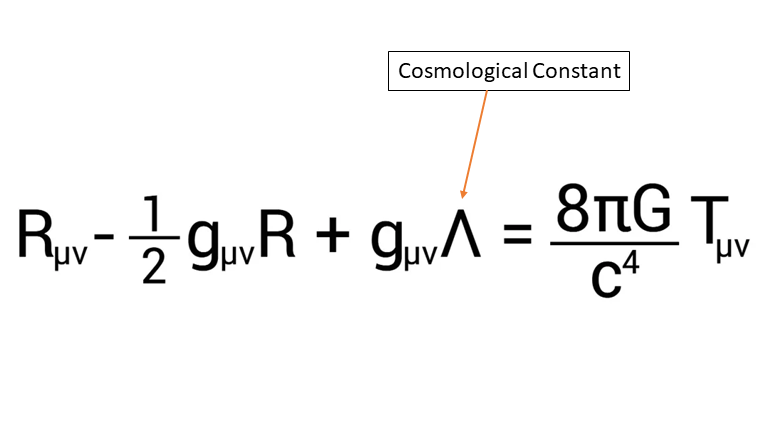
The initial equation did not involve the constant, but after a few years, Aleksander Friedmann, a Russian mathematician, realized that the equations predicted that such a static universe would be unstable – gravity would cause it to collapse. Einstein modified his equation by adding ‘lambda’, i.e., a constant energy density. This energy density was a repulsive form of gravity, and thus the Universe was kept static.
However, after Hubble discovered the expansion of the Universe, Einstein had to abandon the constant.
“Much later, when I discussed the problem with Einstein, he remarked that the introduction of the cosmological term was the biggest blunder he ever made in his life. But this ‘blunder,’ rejected by Einstein, is still sometimes used by cosmologists even today, and the cosmological constant denoted by the Greek letter Λ rears its ugly head again and again and again.”
― George Gamow
The biggest problem with this theory is the mismatch between the theoretical energy and the measurable energy from the type 1A supernova data and cosmic microwave background. The difference is about 120 orders of magnitude – a huge factor.
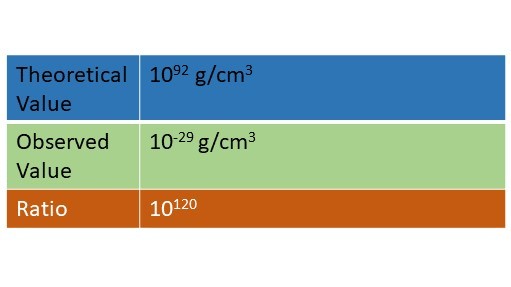
This cannot be valid because if the energy was what came out of theory, our Universe would have expanded so fast that it would have overcome gravity, thereby not allowing galaxies, stars, and planets to form, and also putting a question mark over our existence itself.
Today, the cosmological constant manifests in mainstream physics as vacuum energy, an energy associated with space itself that has negative pressure and causes cosmic acceleration.
B. Quintessence
Quintessence is a dynamical, time-evolving, spatially heterogeneous component with negative pressure. Consider it as an extra energy field that permeates the entire Universe that is repulsive in nature.
The term has historical precedent. In philosophy and medieval metaphysics, quintessence refers to the “fifth element”, following air, earth, fire, and water. It was an additional, sublime all-pervasive component that accounted for the motion of the heavenly bodies. In today’s context, Quintessence would be the fifth dynamical component apart from the four fundamental forces – gravitational, electromagnetic, strong nuclear, and weak nuclear forces.
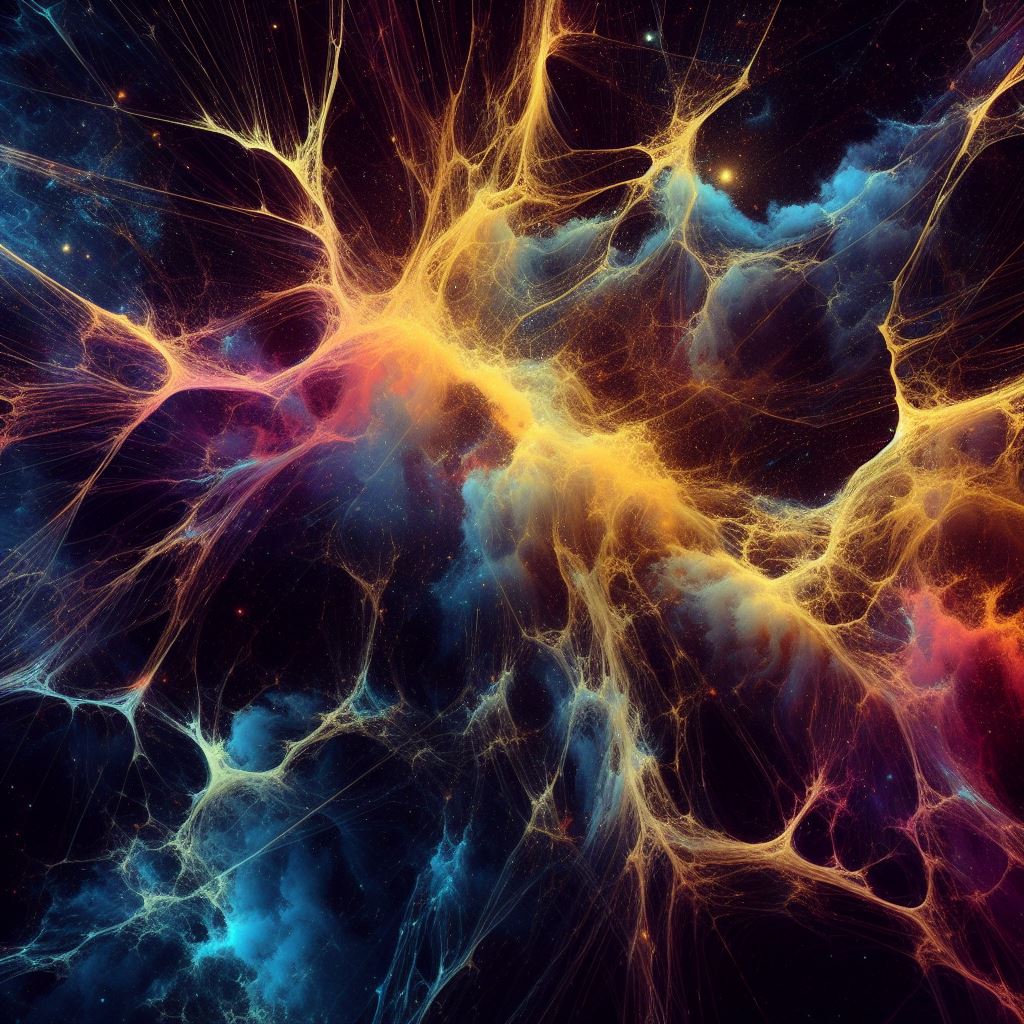
Unlike the cosmological constant or vacuum energy, which is the same throughout the Universe, Quintessence can change slightly from region to region, and in time. An interesting aspect of Quintessence is that due to the differences in Dark Energy in different parts of space, it is measurable.
One of the simplest models proposes that Quintessence is a quantum field having a very long wavelength, approximately the size of the observable Universe. The energy comprises kinetic energy (depending on the rate of oscillations in the field) and potential energy (depending on the field’s interaction with itself and matter). The kinetic energy component is practically negligible due to the extremely long wavelength and period (as wavelength and kinetic energy are inversely proportional to each other). So, we are left with the self-interaction potential energy which leads to negative pressure.
Again, any attempts to detect Quintessence have not worked so far. The models that fit the observational data indicate that Dark Energy is not dynamical, but is constant throughout space and time.
How does Dark Energy make the Universe accelerate if its density doesn’t go down?
When the Universe expands, it literally means that every volumetric region of the space (let’s say every cubic centimeter) is expanding at a constant rate. On the cosmological scale, the cumulative effect leads to an acceleration of the Universe. With more space being added in the process, more energy is added too, and the result is an accelerating expansion.
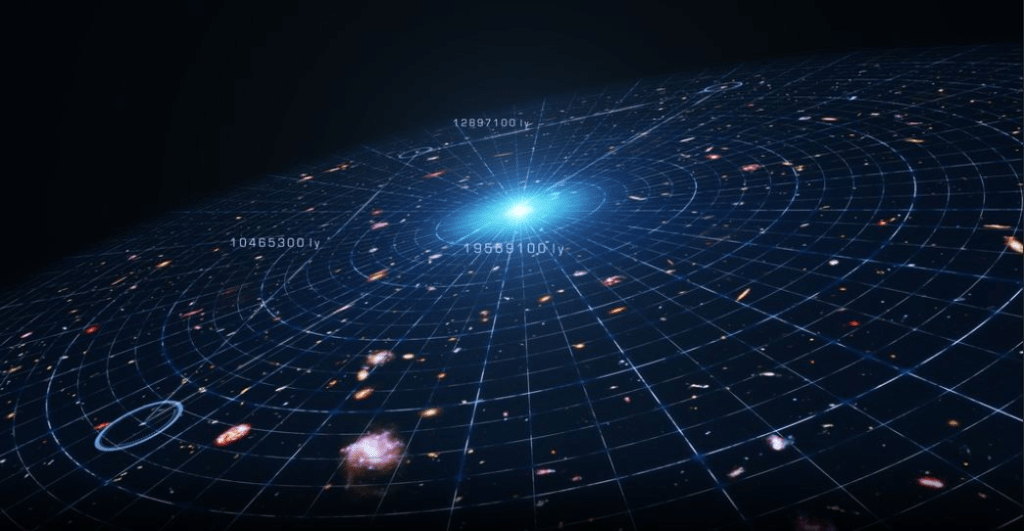
It is important to note that this part of energy creation does not violate the law of conservation of energy because it is counterbalanced by the gravitational energy of the Universe.
As a real-life analogy, consider lifting something off the floor. The energy that you are adding to the ball is balanced by the negative gravitational potential energy of the ball.
Current Research and Future Prospects
The Dark Energy Spectroscopic Instrument (DESI) is a scientific research apparatus to study the nature of Dark Energy, including the evolution of its energy density in time and the way it affects the clustering of matter.
The instrument is operated by the Lawrence Berkeley National Laboratory, and is supported by the US Department of Energy’s Office of Science. It became operational in 2020, and the planned five-year survey of millions of galaxies and quasars began in 2021.
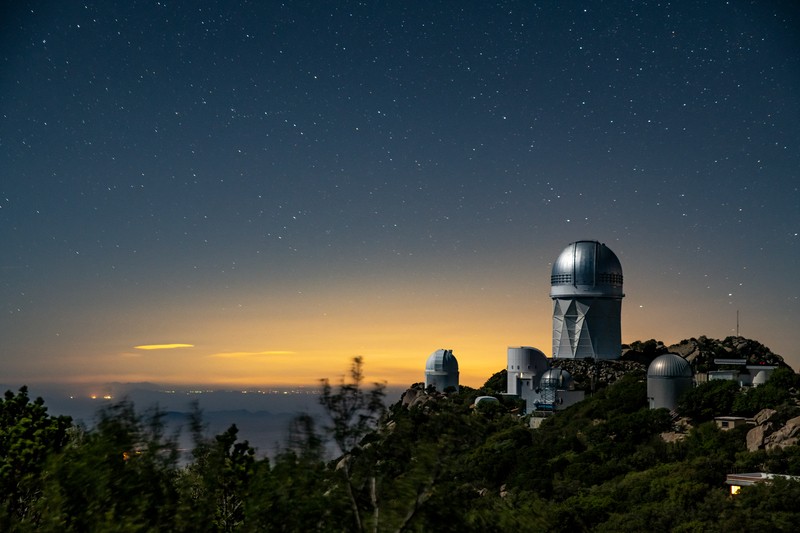
The first batch of data from the DESI Survey has been recently released for researchers to analyze. The survey has already catalogued more than 26 million astronomical bodies with more than a million per month being currently added.
The European Space Agency’s (ESA) Euclid Mission recently launched in July 2023 to the Sun-Earth Lagrange point 2 (L2), where it will create a 3D map of the Universe across space and time by observing billions of galaxies up to 10 billion light-years, revealing more about the role and nature of Dark Energy and Dark Matter. By 2027, NASA’s Nancy Grace Roman Space Telescope will join Euclid to explore the mystery of Dark Energy in complementary ways.
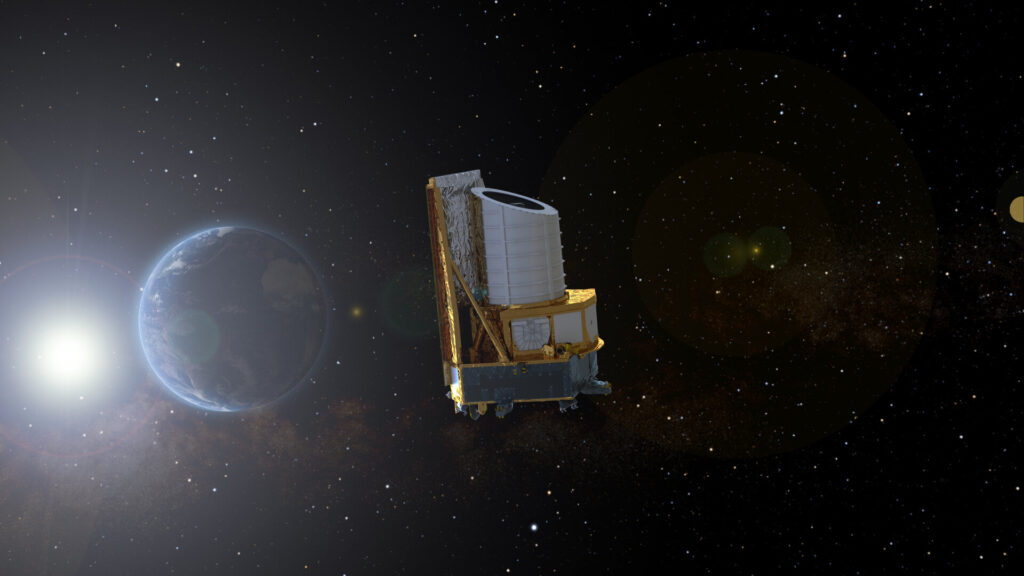
Dark Energy, with its shroud of mystery, compels us to pursue knowledge beyond our current understanding and to embark on a journey where at every step and with each answer the layers of reality will open up. Just in the way the matter-dominated Universe was taken over by the Dark Energy dominated Universe, the persevering nature of humankind will overcome the long list of uncertainties. The future is enthralling.
Notes:
- Dark energy and the cosmological constant: a brief introduction
https://iopscience.iop.org/article/10.1088/0143-0807/30/4/020 - Edwin Hubble
https://science.nasa.gov/people/edwin-hubble/ - A quintessential introduction to dark energy
https://royalsocietypublishing.org/doi/10.1098/rsta.2003.1290 - ESA-Euclid
https://www.esa.int/Science_Exploration/Space_Science/Euclid - Dark Energy Spectroscopic Instrument (DESI)
https://www.desi.lbl.gov/

Subscribe to Primitive Proton Newsletter
Sign up to keep up to date with the latest news and curated blogs in the world of space, science, and technology.
Your email is never shared with anyone. You can opt out anytime with a simple click!
WE PRIORITISE PRIVACY.
